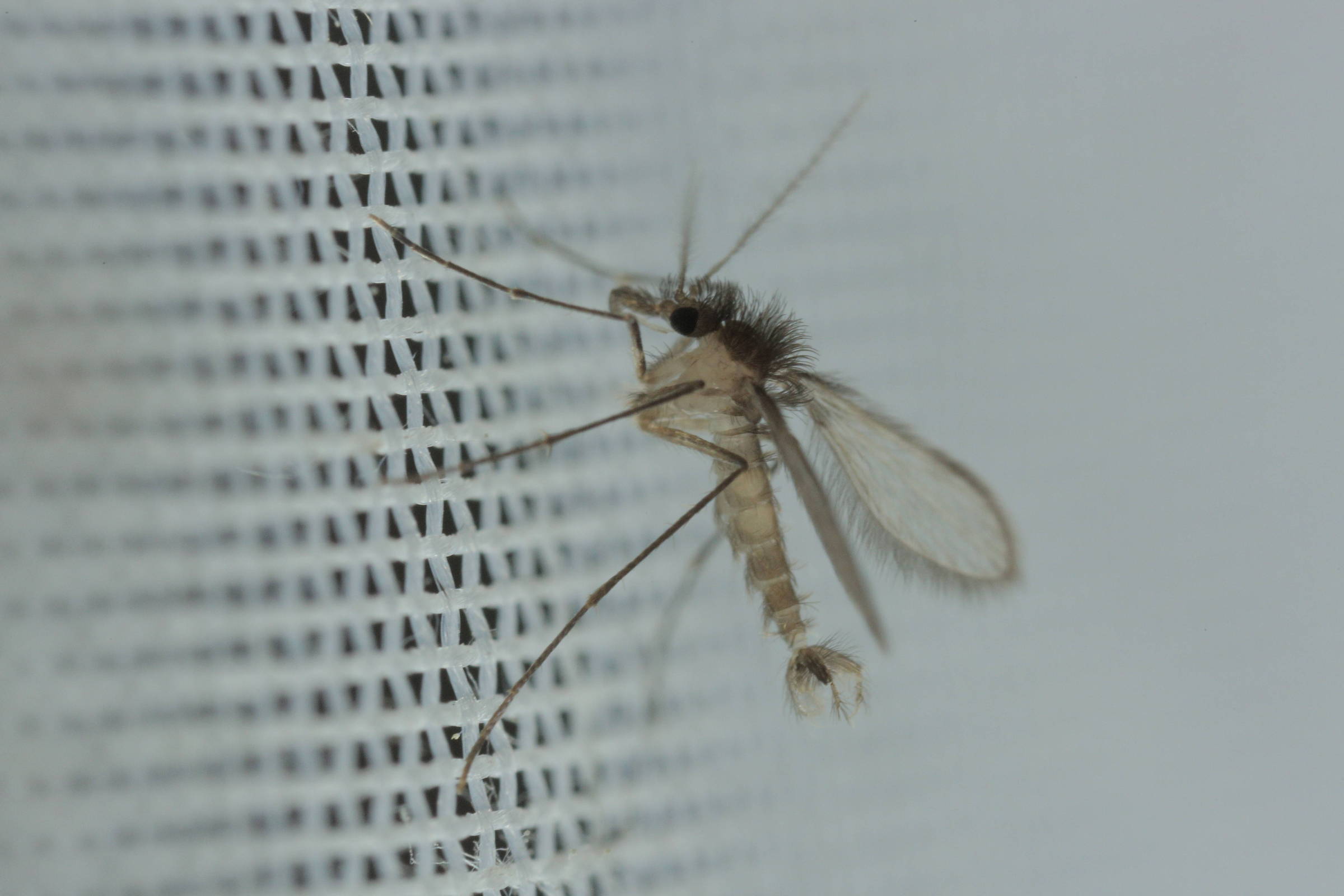
[ad_1]
Fiocruz research opens a new pathway against leishmaniasis: instead of attacking the transmitting insect (sandflies or mosquito straw) of the parasite, it is to fight against the parasite itself – even inside the digestive tract of the insect.
The study, published in the journal Parasites & Vectors in November, shows that organic compounds such as mandelonitrila, present in fruits and seeds, are able to kill parasites of leishmaniasis, flagellate protozoa of like Leishmania.
The visceral form the disease, the most serious, has expanded geographically in the country. Without treatment, it is fatal in 90% of cases.
The mandelonitrile-containing compound removed 100% of the parasites from four leishmania species, including L.
After promising results with mandelonitrile, the researchers decided to test whether the compound could affect the viability of the parasite in the digestive system of the vector, the mosquito straw.
Here again, the results were encouraging: the substance reduced by 24% the number of mosquitoes infected and 64% of the parasites in the intestine of the insect, which reduced the risks of transmission of the disease.
To achieve this result, the researchers placed the mosquitoes in cages, with moist cotton, with a solution of sucrose and mandelonitrile serving as sweet bait.
For comparison, they made a separate cage with a bait group that did not contain mandelonitrile.
"Sandflies always look for sources of sugar to produce energy, in nectar, in fruit, and the female only looks for blood to lay eggs," says Genta.
After a few days in contact with the bait, the researchers proposed blood infected with Leishmania. After infection, the intestines were dissected to count the parasites.
The team used the species Lutzomyia longipalpis the main vector of visceral leishmaniasis in the Americas, infected with L. mexicana responsible for the cutaneous form of the disease.
not having used the visceral leishmaniasis parasite at this stage, Genta says that it is possible to expect the same effect given the results obtained in culture.
Ingesting mandelonitrile also reduced the life span of male mosquitoes from 17 to 7 days and that of females from 15 to 10 days.
For the head of entomology of the leishmaniasis laboratory of the Evandro Chagas Institute, Thiago Vasconcelos dos Santos, who evaluated the study at the request of Folha, the research is promising [19659002"Itisveryimportanttoreducelongevity:thelongerthefemaleisviablethemorepeopleareexposedtoinfection"
Insecticide-treated sugar-based baits are used in some countries like Iran and Israel to fight against sand flies. They are usually nets or fences, sprayed with the toxic solution.
"Sweet baits have always been used to control insects, not pests, and this is the novelty of the research, and from an environmental point of view insecticide baits are horrible," says Genta. . Toxicity is another problem: molecules accumulate in the environment, in birds, mammals and fish.
"The Ministry of Health is now arguing in favor of household spraying in the case of leishmaniasis, but it is a very costly and ecologically questionable strategy, because of the risk it poses. It represents for humans and animals.
One of the differences of this research is that the compounds do not harm the environment, "says Santos, of the Evandro Institute Chagas. Mandelonitrile is more toxic to the parasite than to mosquitoes. The compound is the product of the digestion of a sugar, present for example in apricots, plums and nuts. "Most insects are used to these compounds, and humans feed regularly and eliminate the toxic part of the urine," says Genta.
According to researchers, the study could aim to broaden the spectrum of leishmaniasis.
The Ministry of Health is studying the adoption of insecticide collars for dogs, the main reservoir of the disease in urban areas.
Dr. Jose Angelo Lauletta Lindoso, of the Emilia Ribas Institute of Infectiology, believes that the research is "well-designed and plausible". "But we have to see what public health applicability would look like, will spray where, how?"
According to Genta, the group is looking for new compounds, similar to mandelonitrila, but more effective and less expensive.
Source link